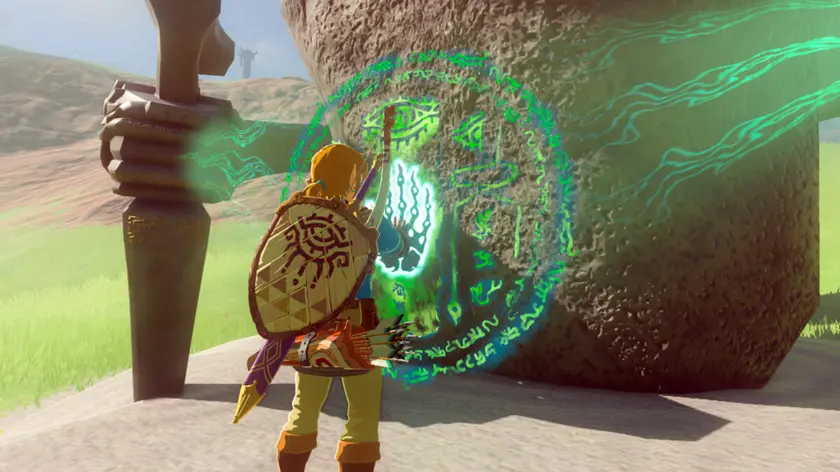T4K3.news
Nintendo keeps Switch 2 prices stable while raising others
Nintendo's strategy avoids price hikes on the popular Switch 2 amid increasing prices on older models ahead of tariffs.
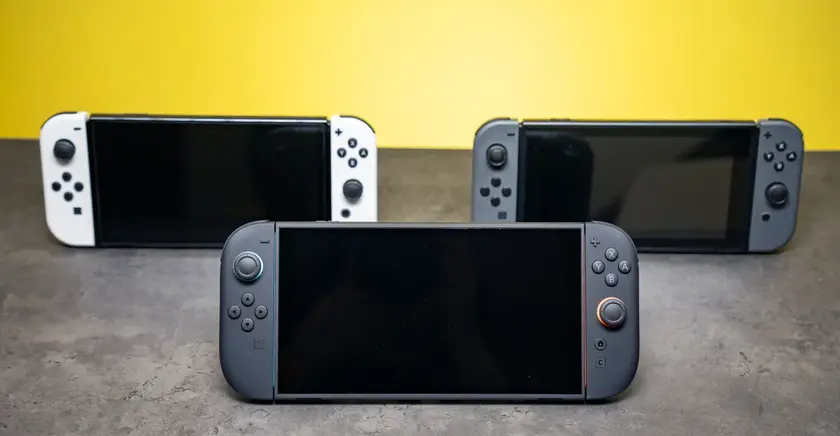
Nintendo is adjusting prices on existing Switch consoles and products, avoiding the new Switch 2.
Nintendo avoids raising prices on Switch 2 despite other increases
Nintendo has increased prices for several of its products in the US, including all models of the original Switch, selected accessories, and even a motion-activated alarm clock. However, the new Switch 2 remains unaffected. This pricing strategy comes ahead of anticipated tariffs set to begin in August, as the company repositions to mitigate its financial risks. Prior to the price changes kicking in on August 3, a leaked Target listing indicated potential hikes from $30 to $50 for the existing Switch models. Nintendo cites market conditions as the reason behind the increase, hinting strongly at tariff influences. The company recognizes that increasing the price of the newly launched Switch 2—already generating some controversy regarding its cost—could hinder its early sales momentum. Remarkably, within its first weeks, Nintendo reported nearly six million units sold of the Switch 2. Thus, the decision to keep its price steady reflects the company's awareness of the importance of a successful product launch. While raising prices on less critical products like the original Switch and Alarmo seems feasible from a business standpoint, the company appears intent on protecting the Switch 2's early success.
Key Takeaways
"Nintendo has decided that it’s worth eating whatever added costs come its way."
This reflects the company's strategic decision prioritizing the Switch 2's success.
"Demand for Nintendo Switch has remained after Nintendo Switch 2 launched in June."
This illustrates that the original console retains relevance despite the launch of its successor.
"Price adjustments may be necessary in the future."
A hint at potential future increases amid changing market conditions, highlighting long-term strategy.
"Raising the price of the Switch 2... would not go down well."
Indicates Nintendo's understanding of consumer reactions and market expectations.
Nintendo's approach to pricing amid rising costs highlights its careful balance between risk management and market expectations. The company's decision to avoid increasing the Switch 2's price while raising costs on older models reveals a broader strategy to sustain momentum during a crucial launch period. By selectively increasing prices, Nintendo demonstrates its understanding of consumer sentiment and the importance of establishing a loyal base early on. Furthermore, this reaction to tariffs not only showcases Nintendo's cautious fiscal policies but also reflects how external economic factors can influence corporate strategies. Moving forward, stakeholders will need to closely monitor how Nintendo adapts to ongoing financial pressures, particularly for its flagship products.
Highlights
- Nintendo chooses stability over risk as it navigates tariffs.
- A successful launch hinges on understanding consumer sentiment.
- Price adjustments are on the horizon for Nintendo's products.
- Nintendo's future pricing strategies remain to be seen.
Nintendo faces potential backlash from pricing strategy
The decision to raise prices on older models while keeping Switch 2's price steady could provoke mixed public reactions. Consumers may perceive the increases as excessive or unfair, particularly during economic uncertainty. This approach involves significant strategic risk for Nintendo, especially as tariffs begin to impact broader pricing structures.
As Nintendo navigates these financial challenges, its next moves will be closely scrutinized by fans and investors alike.
Enjoyed this? Let your friends know!
Related News

New Switch 2 docks reviewed
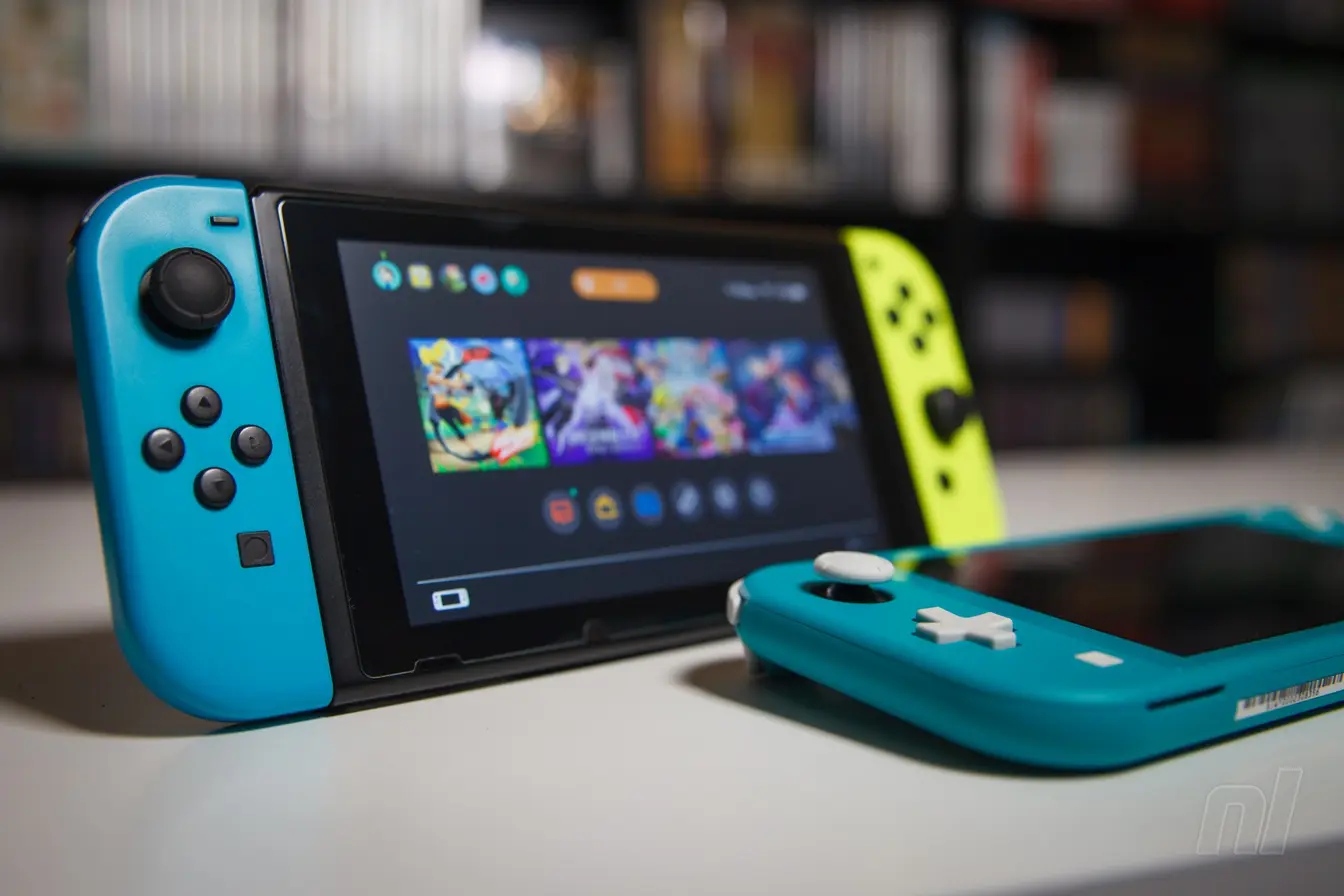
Nintendo Switch Prices Set to Rise in August 2025
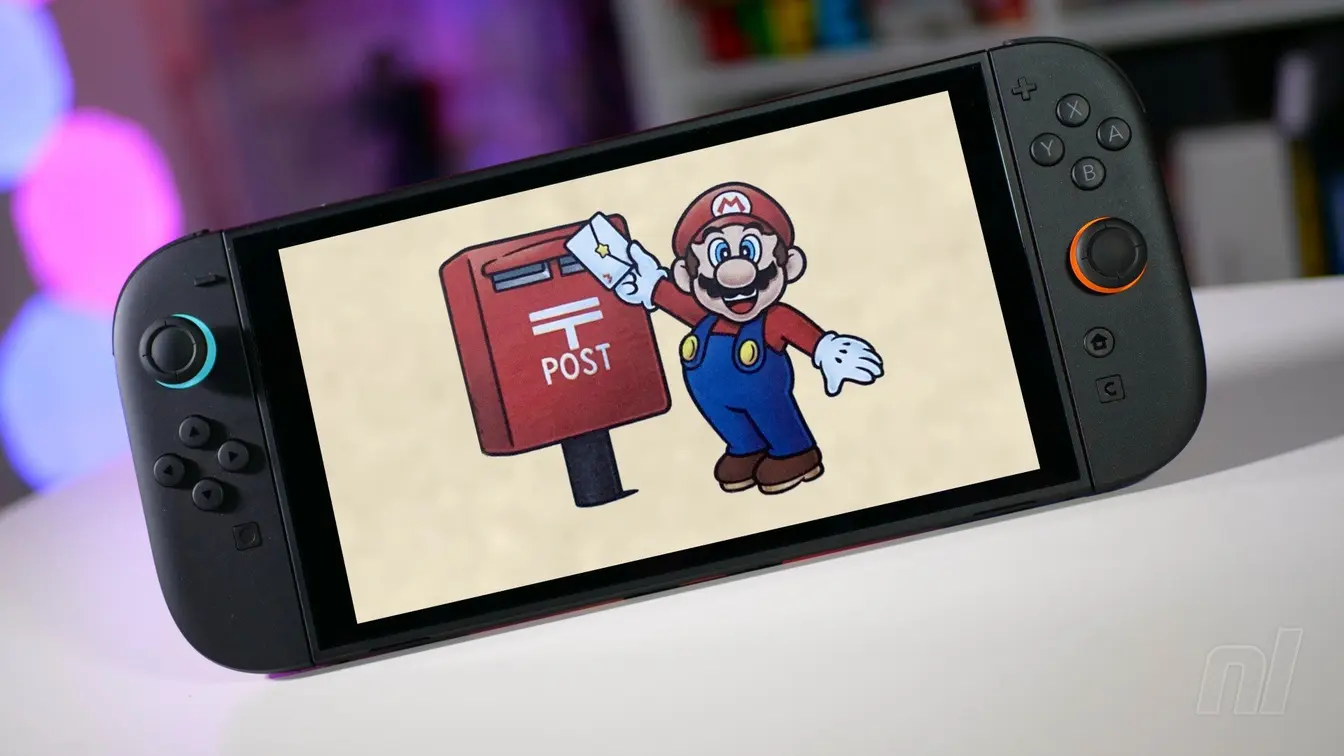
Readers Share Thoughts on Nintendo Switch 2
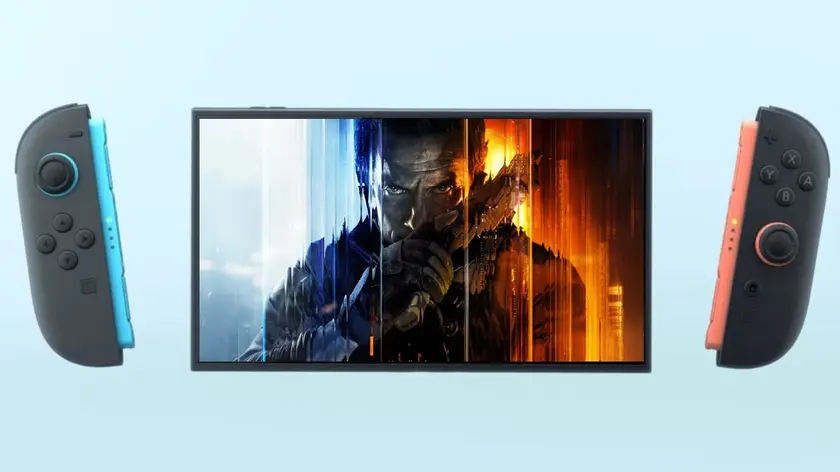
Call of Duty Black Ops 7 price leak
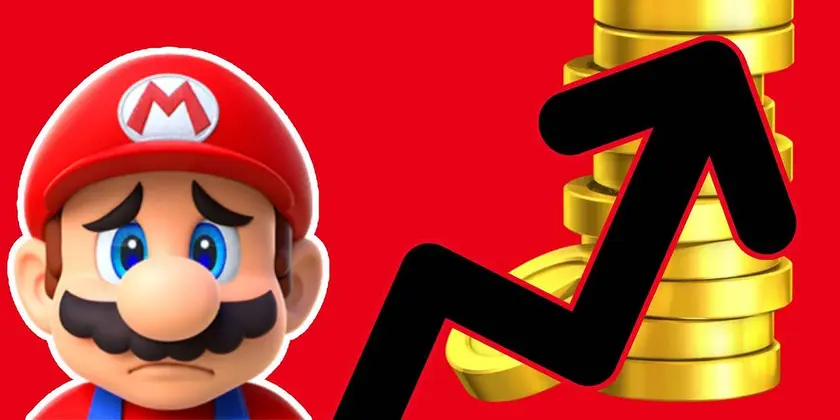
Nintendo Switch price increases confirmed
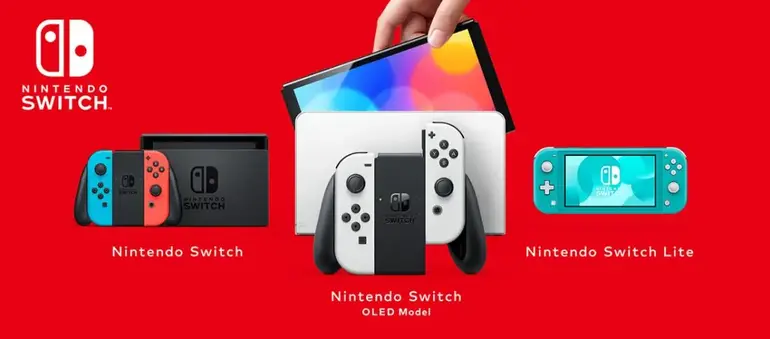
Nintendo Raises Switch Prices Effective August 2025
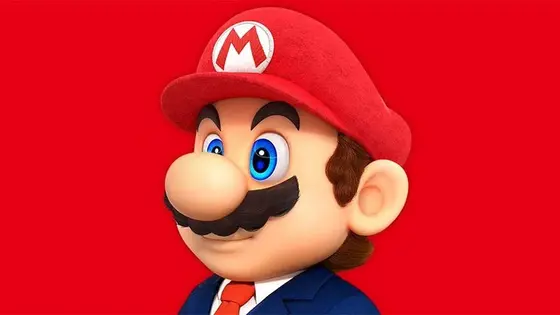
Nintendo raises prices for its consoles and accessories
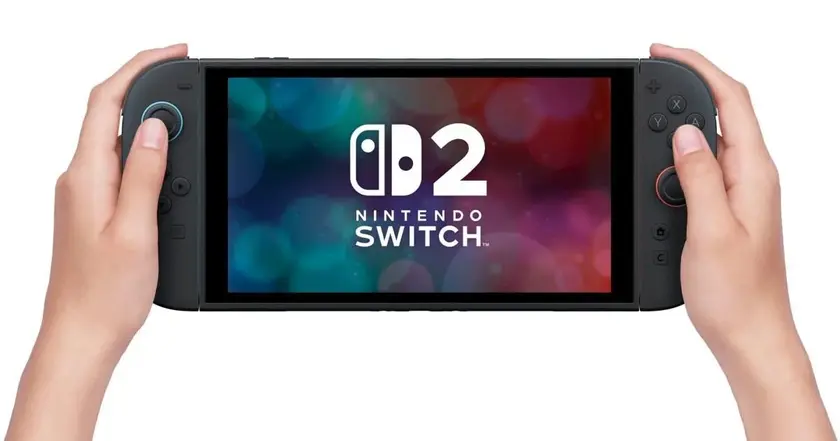
Switch 2 price talk
